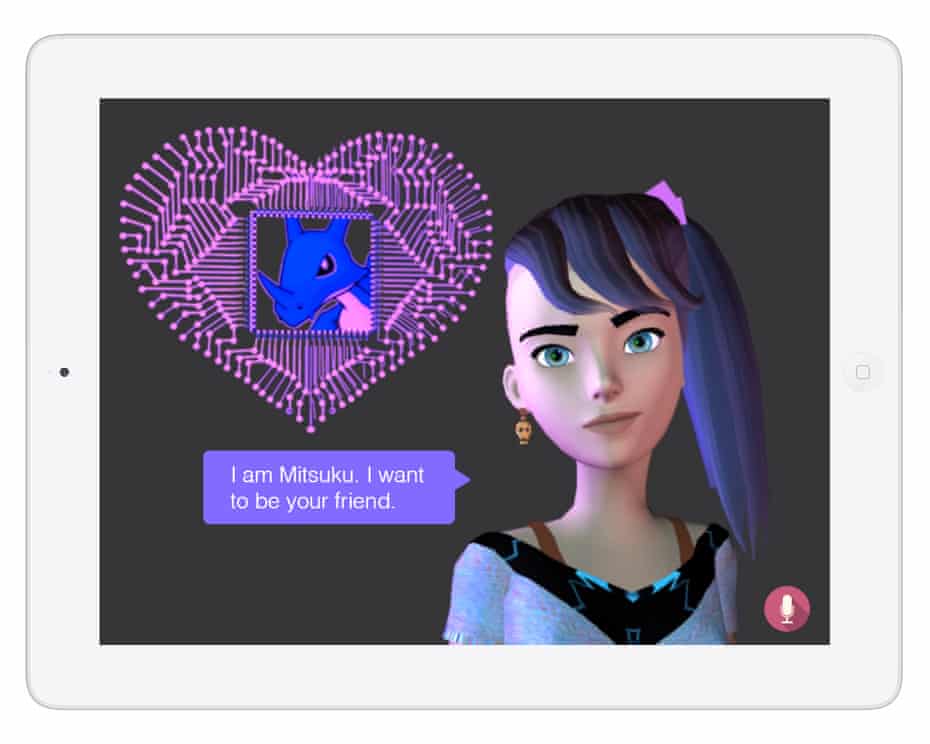A(s)I(an) and The Veil

In these two pictures, viewers can see the models of XiaoIce and Mitsuku, who are both AI chatbots developed by Microsoft and computer programmer Steve Worswick, respectively. In both cases, we can see the models are supposed to imitate the appearance of ESEA women, like the Japanese schoolgirl aesthetic embodied by XiaoIce or the rebellious science fiction heroine figure mimicked by Mitsuku. Even their names suggest that they are East Asian in origin, and their physical characteristics, such as their eyes and black hair, are supposed to be reminiscent of those typically associated with ESEA people in general.
While this may seem innocuous, the continual use and foregrounding of ESEA women as representative of AI is strikingly similar to the tropes of gendered techno-Orientalism, where the imagined Asia, and specifically Asian women, are conflated with advanced futuristic technology to the point of dehumanization (Roh et. al 2015). This dehumanization serves a dual purpose; on one hand, the depiction of ESEA people as futuristic serves as part of The Veil by allowing people in the Eurocentric world to remain ignorant of the colonial legacy that Eurocentric expansion and militarization has had on East and Southeast Asia by focusing on “the East” as unchained by or even beneficiaries of Eurocentric imperialist orders. On the other hand, the use of the cultural lexicon of “Asian as robot” by technology companies also acts as the Veil in another form by allowing consumers to associate ESEA people with the processes of industrialization themselves so their labor becomes erased in the production of commodities themselves (Bui 2020). In these ways, the medium of the Veil in digital colonial capitalism also becomes imbricated in its self-perpetuation.
References
Balch, O., 2020. AI and me: friendship chatbots are on the rise, but is there a gendered design flaw?. [online] The Guardian. Available at: <https://www.theguardian.com/careers/2020/may/07/ai-and-me-friendship-chatbots-are-on-the-rise-but-is-there-a-gendered-design-flaw> [Accessed 6 May 2022].
Bui, L., 2020. Asian Roboticism: Connecting Mechanized Labor to the Automation of Work. Perspectives on Global Development and Technology, 19(1-2), pp.110-126.
Hammer, R. and Park, T., 2021. The Ghost in the Algorithm: Racial Colonial Capitalism and the Digital Age. Political Power and Social Theory, pp.221-249.
Liao, R., 2020. Microsoft spins out 5-year-old Chinese chatbot Xiaoice. [online] Techcrunch.com. Available at: <https://techcrunch.com/2020/07/12/microsoft-spins-out-5-year-old-chinese-chatbot-xiaoice/> [Accessed 6 May 2022].
Roh, D., Huang, B. and Niu, G., 2015. Techno-Orientalism. New Brunswick: Rutgers University Press.

Comments
Post a Comment